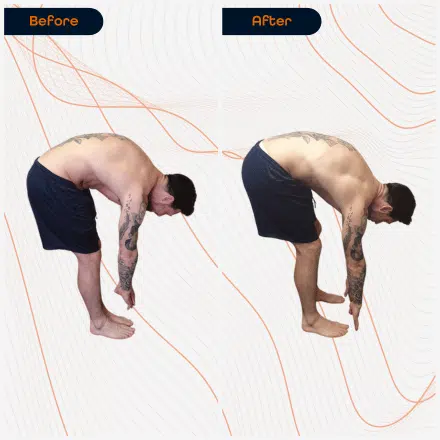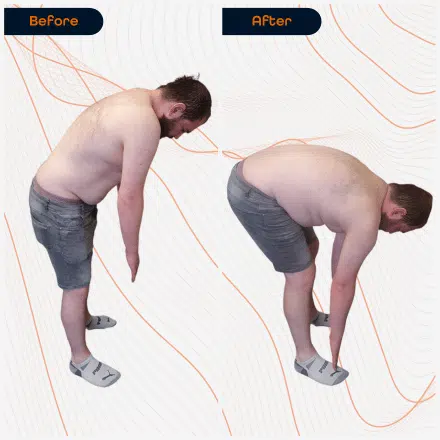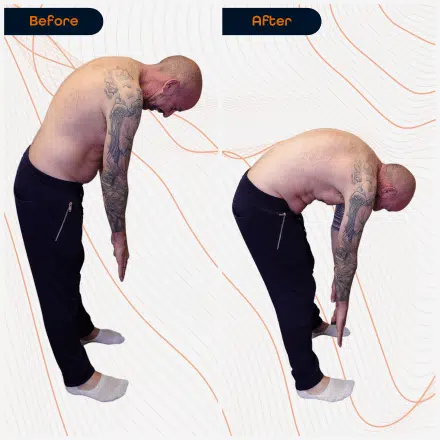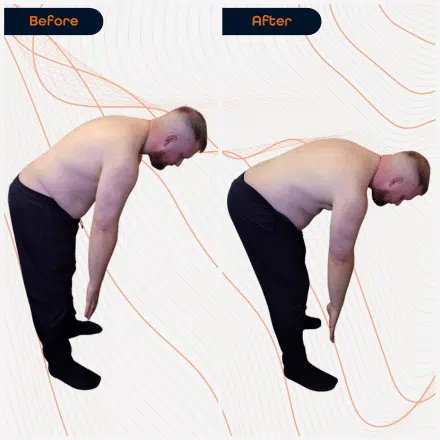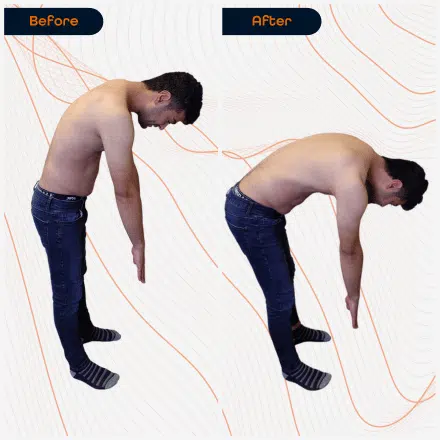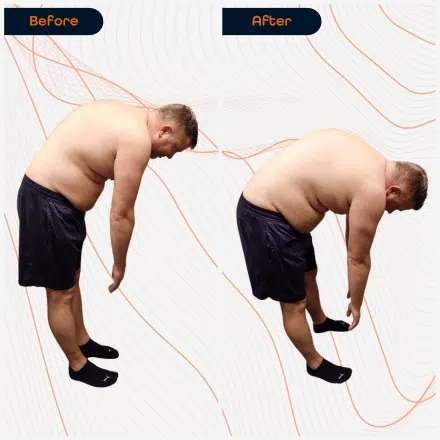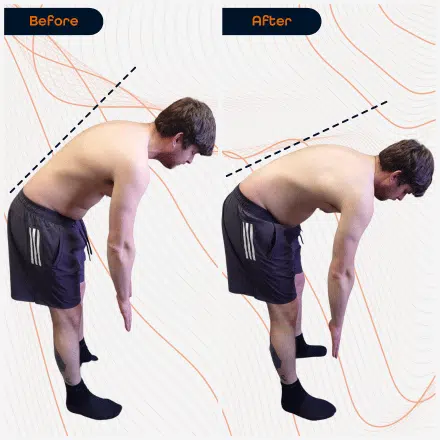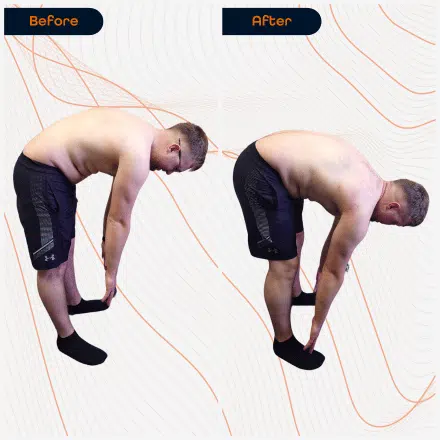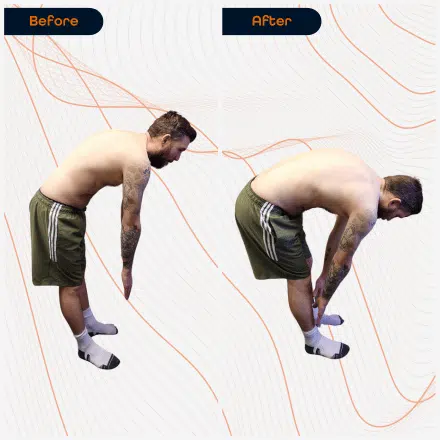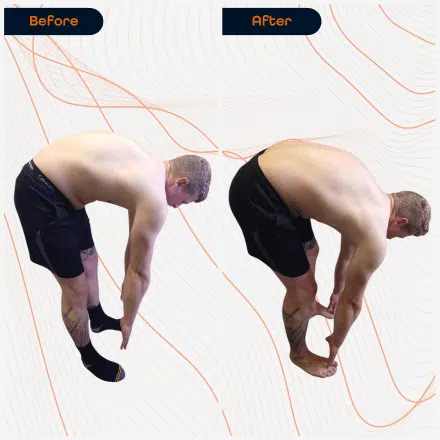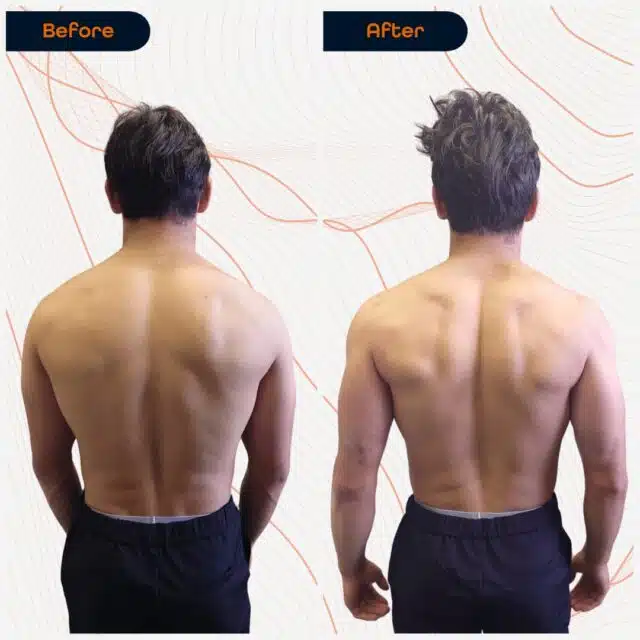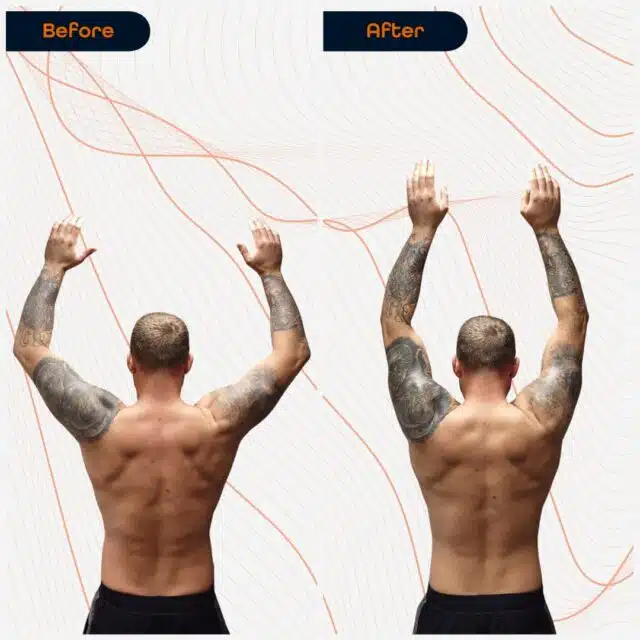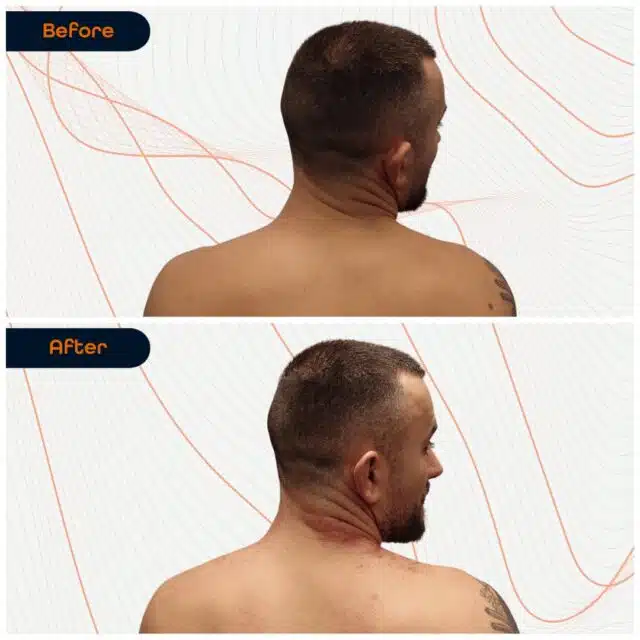Had a full body mot, Irshaad was very friendly and knowledgeable and sorted out the issues I was having ,will be booking again
Lower back pain
- 0%
Global Population with LBP
At any given time, 7.5% of the global population is experiencing lower back pain, making it one of the leading causes of disability worldwide.
- 0%
Lifetime Risk of Sciatica
Around 40% of people will experience sciatica in their lifetime, often causing sharp, radiating pain that impacts mobility.
- 15-0%
Facet Joint Syndrome Cases
Facet joint syndrome accounts for up to 52% of chronic low back pain cases, especially in older adults.
- 0%
SI Joint Dysfunction Prevalence
In adults with chronic low back pain, 25% of cases are caused by sacroiliac (SI) joint dysfunction.
Sciatica
Sciatica is caused by irritation or compression of the sciatic nerve, which runs from the lower back through the hips and down the legs. The pain can range from a mild ache to an electric shock-like sensation, often accompanied by numbness, tingling, or muscle weakness. Nearly 40% of people will experience sciatica at some point in their lives, making it one of the most common types of lower back pain. Left untreated, sciatica can significantly hinder daily life—but with focused care, relief is possible.
Book nowShooting pain down your leg?
Sacroiliac (SI) Joint Restrictions
Sacroiliac joint dysfunction is a common source of lower back and buttock pain, caused by inflammation or restricted movement in the joints connecting your sacrum to your pelvis. It’s estimated that up to 25% of chronic lower back pain cases are linked to SI joint dysfunction. The pain often worsens with standing, walking, or climbing stairs, limiting mobility and making daily tasks difficult. Targeted therapies can ease inflammation, restore proper joint movement, and get you back on your feet.
Book nowDull pain in your lower back?
Functional Leg Length Discrepancies
Functional leg length discrepancy occurs when muscle imbalances or joint misalignments cause one leg to functionally appear shorter than the other. This subtle imbalance can lead to compensatory strain on the lower back, hips, and knees, contributing to chronic pain. Functional discrepancies are common, affecting up to 70% of people, and often go undiagnosed. Correcting these imbalances through targeted treatments can relieve pain, improve posture, and restore your natural gait.
Book nowFeeling Out of Balance?
Bulging Discs and Nerve Compression
A bulging or herniated disc can compress nearby nerves, leading to sharp, radiating pain or numbness in the lower back and legs. This is a common cause of conditions like sciatica and can make bending, lifting, or even sitting a challenge. Bulging discs often result from age-related degeneration or overuse injuries. With the right approach, including therapies to reduce inflammation and relieve pressure on the nerves, you can regain mobility and reduce pain.
Book nowPersistent Back Pain When Moving?
Facet Joint Dysfunction
Facet joint issues occur when the small joints between vertebrae become inflamed or arthritic, causing stiffness and discomfort in the lower back. This pain is often felt during twisting or bending movements and can significantly limit flexibility. Facet joint dysfunction is common, affecting up to 52% of chronic lower back pain cases in older adults. With therapies focused on restoring joint mobility and reducing inflammation, you can regain freedom of movement.
Book nowStiff Back Holding You Back?
Spondylosis
Spondylosis refers to the natural degeneration of the spine due to aging, affecting the discs, joints, and bones. It’s a common cause of stiffness and pain, particularly in the lower back or neck. Over time, this condition can lead to bone spurs, reduced flexibility, and nerve compression, contributing to symptoms like numbness, tingling, or weakness. Spondylosis becomes more prevalent with age, with over 80% of people over 60 showing signs of spinal degeneration. Thankfully, targeted treatments can reduce stiffness, relieve pain, and improve mobility.
Book nowWear and Tear of the Spine
Lower back pain isn't our only area of expertise
That's not all
We work with a few other issues you may be suffering with, or if you've seen enough, click below to...
Book NowFrequently asked questions
Following a sessions, you can expect some redness in the area that has been worked and some soreness for a couple of days.
We can’t claim to be able to get you completely out of pain in one session, but we always try to get the best possible results from a single session.
If we feel more sessions would be required, we’d advise as such but we also provide appropriate exercises following the session to maintain or continue the rehabilitation process.
I’m afraid not. To be able to offer the best possible service, we only offer at location services.
Traditional sports massage has it’s rightful place, however we think of our practice as an advanced sports massage clinic. Our main focus is to get you out of specific pains and to do that we utilise tools and techniques that allow us to best help you, find out about our techniques here.
Althought the treatments are safe to perform on children (10+), a doctors referral and parental permission is required, a guardian would be expected to be present also. Having said that, we prefer to work with young adults up (16+), the muskuloskeletal issues we work with are common with adults.
If you’re a regular gym goer or athlete regularly putting your body through it’s paces, it’s smart to have regular maintenance sessions but how often is down to you, listen to your body, some weeks may be tougher than others.
This is definitely possible, just drop us a message we can organise this. Contact us here.
It’s not recommended for a pregnant woman that is past her first tri-mester to book a treatment, instead I would recommend a pregnancy massage (not a service we provide).
All the treatments are safe as they are non intrusive, think of them as an advanced sports massage with the use of tools for a more effective treatment.
Recovery time can vary based on the treatment and your activity level. Most clients feel well within 24–48 hours, though mild soreness is normal and typically subsides quickly.
Can't find your question?
We've compiled all the frequently asked questions for you so click below and you may just find the answer to your question.
See more FAQ's